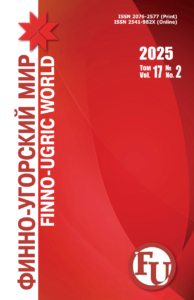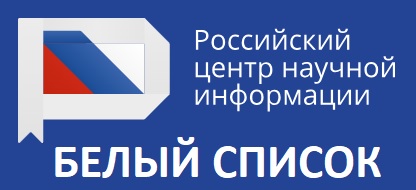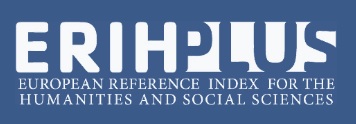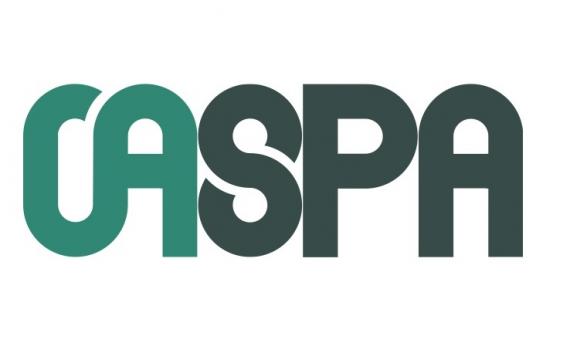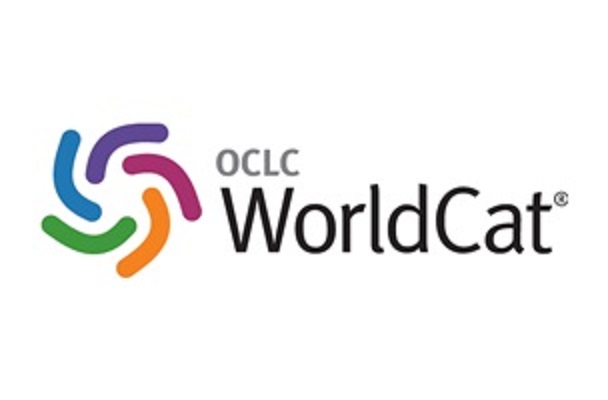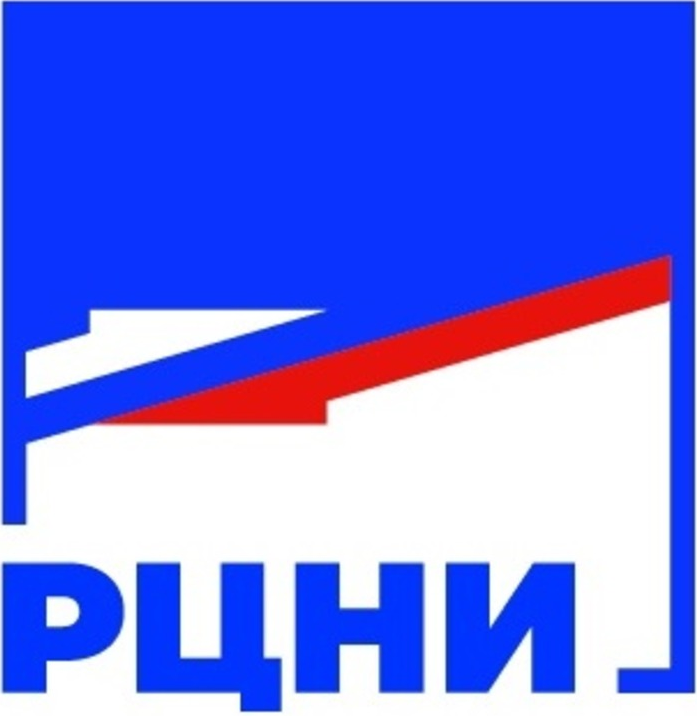Original article
https://doi.org/10.15507/2076-2577.017.2025.02.229-240
https://elibrary.ru/rjsxzx
УДК / UDC 394.2
The Calendar Festive and Ritual Culture of the Mordva-Moksha in Bashkortostan: Traditions in the Context of Contemporary Realities
R. R. Sadikov
R. G. Kuzeev Institute of Ethnological Research, Ufa Federal Research Center of the Russian Academy of Sciences,
Ufa, Russian Federation
Abstract
Introduction. Calendar rituals represent a key element of the ethnic traditions of any people. Despite the extensive scholarly exploration of traditional Mordovian rituals, their manifestations within diaspora communities – particularly among the Moksha residing in the territory of Bashkiria – remain insufficiently studied. Through prolonged interaction with Turkic peoples, the Moksha have preserved many ethno-differentiating features of their culture. The aim of the study is to analyze the current state of the calendar festive and ritual culture of the Mordvin-Moksha population in Bashkiria.
Materials and Methods. The primary source base for the study consists of the author’s field ethnographic materials collected in 2003 and 2024 in the Moksha villages of Kuzminovka and Bulyakay (Fedorovsky District, Republic of Bashkortostan). The most significant data were obtained through interviews with knowledgeable informants, conducted using a pre-developed questionnaire. The reliability and representativeness of the data were ensured by collecting information from culture bearers of various age groups and through cross-verification. The comparative-historical method was employed to analyze the transformations of ritual practices within the diaspora, while the comparative-typological method facilitated the identification of both universal and unique cultural elements in the context of interaction with Turkic traditions.
Results and Discussion. Based on ethnographic data, the author analyzed the features of the calendar and ritual system of the Mordva-Moksha population in Bashkortostan. At the turn of the 19th and 20th centuries, the most ritual-rich holidays of their folk calendar were Christmas, Epiphany, Easter, and Trinity. The patronal festival in the studied villages was Winter St. Nicholas Day. Despite the transformations of the Soviet period and the changes brought about by contemporary globalization and modernization processes, many calendar holidays and rituals continue to hold significance in the life of the Moksha diaspora in the region. They serve important functions in preserving ethnic identity, transmitting the native language to younger generations, and integrating urbanized groups into traditional cultural practices.
Conclusion. The calendar-ritual traditions of the Moksha have come to be regarded as an element of the intangible ethno-cultural heritage of the people, contributing to the consolidation of the small Moksha population in the Republic of Bashkortostan. This study contributes to the exploration of the regional ethno-cultural diversity of the Mordovian people.
Keywords: Mordva, Moksha, calendar holidays and rituals, transformations, modern state, Republic of Bashkortostan
Funding: The research was carried out within the framework of the state assignment of the Institute of IES UFRC RAS No. 1024031800139-2-6.5.1 “Peoples of the Southern Urals and Cis-Urals: ethno-cultural heritage in the realities of modernity”.
Conflict of interest: The author declares no conflict of interest.
For citation: Sadikov R.R. The Calendar Festive and Ritual Culture of the Mordva-Moksha in Bashkortostan: Traditions in the Context of Contemporary Realities. Finno–Ugric World. 2025;17(2):229–240. https://doi.org/10.15507/2076-2577.017.2025.02.229-240
Information about the author:
Ranus R. Sadikov, Dr.Sci. (Hist.), Chief Researcher of the Department of Ethnography, R. G. Kuzeev Institute of Ethnological Research, Ufa Federal Research Center of the Russian Academy of Sciences (6 Karl Marx St., Ufa 450077, Russian Federation), ORCID: https://orcid.org/0000-0003-4200-2568, SPIN-code: 7470-9153, kissapi@mail.ru
Author has read and approved the final manuscript.
Submitted 25.02.2025; revised 26.03.2025; accepted 01.04.2025.


